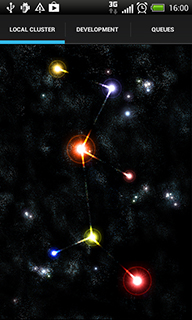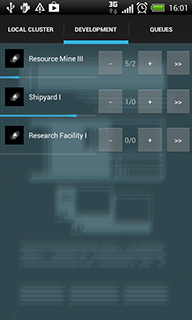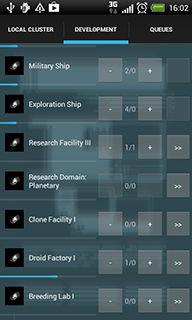The harmony between psychology and gamedesign
Here are two interesting articles on rockpapershotgun:
http://www.rockpapershotgun.com/2012/10/23/games-are-best-when-things-go-wrong
http://www.rockpapershotgun.com/2012/10/24/games-arent-best-when-things-go-wrong
Both their statement hold truth. But there are a lot of games that cover neither story nor problematic situations, and are still popular: Quake, FIFA, Need for Speed, Team Fortress, Farmville. If we look to the similarities of the two different ideas both articles describe, we can generalise this statement and get something along the lines of:
Games are best when they give the player a self-developing experience after he reaches a goal.
According to various psychological models, people have certain drives explaining why they act as they do, and like the things they like: work of Clare Graves, Kolb, DISC, Vermunt, they all overlap in the human characteristics they describe. My favourite model is one with 6 drives (to my loose interpretation): social interaction/networking, curiosity/understanding, prestation/efficiency, structure/precision, acting/initiating, safety/familiarity. Some of these drives you need to function properly and feel happy, some you naturally act from without realising, and some drives you really can't stand or don't care for when someone else acts out of those drives. We can apply them to games as well. Some cases for each drive:
safety/familiarity
Add to the player's emotional framework and create a familiar environment: tell a story through dialogues, music, show intriguing scenery. Give the player metaphors reflecting life experiences for the player to use in real life. Allow the player to create a safe home base and explore the world from there.
curiosity/understanding
Stimulate the player's problem solving abilities: let the player solve engaging puzzles, handle complex situations with unknown outcomes, figure out hidden systems.
structure/precision
Satisfy the player's desire to strive for perfection and structure: let the player create sets of rules that influence the game, do tasks that require precision and careful working methods.
social interaction/networking
Stimulate the player's interaction abilities: allow the player to forge a team, either with A.I. or multiplayer and reach a common goal, give options to dialogues that substantially differs the final result of the conversation, allow the player to develop his character in his own image, and let the environment be influenced by that.
prestation/efficiency
Allow the player to develop his prestation skills: add a highscore list to visibly become the best, use achievements to give the player an idea how far he has progressed, add special endings when the player completes a goal the best way possible.
acting/initiating
give the player a set of tools to experiment with right away, allow to skip tutorials, give a clear goal, present fast-paced elements, use impulsive gameplay and involve action.
The more cases you cover in your game, the more popular and memorable your game becomes (although there are also a lot more factors). Not everyone is triggered by every case, some of those drives you don't care for, some of them are really important. A game that has something of every case covers the biggest target audience.
Think about minecraft; it covers almost all human characteristics: you can create a safe environment, the terrain is intriguing, it contains a strong problem solving part: redstone and pistons, the entire game is about building structure from the chaos of blocks and use precision for the type of blocks you choose (you can do a lot with stairs, fences, trapdoors, ...), thanks to the multiplayer part the player can forge teams and enemies. The only characteristic that is lacking is prestation (there are achievements, but those are not engaging enough to significantly trigger prestation-aimed players), but the community took care of that; let's plays where people try to draw as many subscribers as they can to make more money, forum and blog posts about the most beautiful and intriguing structures, there is a group that are the best of the best. And that's only in-game, then there's the modding community... no wonder minecraft is so popular still after 5 years.
Now take a game like Mass Effect 1 (the only one I played). It has a story, a team assembling part, you are rewarded for your prestation by the skill points you can divide on skills, and the best of the best guns you can buy after doing a lot of sideway missions, and it has strong action elements. But you don't really create structure or strive for perfection (to an extend, but it does not change the way you end the game), nor is there a big problem-solving part. Nearly all of the problems are chewed our for you in the mission log: do this, do that. No cognitive thinking required. It is a good game, but less popular than minecraft (especially after 5 years).
Let's compare two types of players:
Why don't call of duty players play sims and vice versa?
Call of Duty is action oriënted, sims is not.
Sims contains a very familiar environment, allows creating your home base (literally) and hands you the ability to create structure in the life of your Sim, CoD does not have these drives.
They both have social interaction and prestation and efficiency. The wide range of drives they cover makes them as popular as they are. But generally taken, Sims players dont like action and CoD players don't like the patience to give your Sim a structured and prosper life. They both do lack challenging the player in curiosity and understanding, which is why I don't really like playing either of them.


